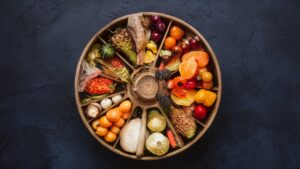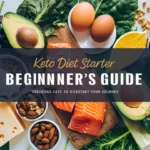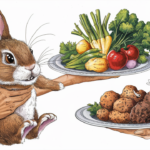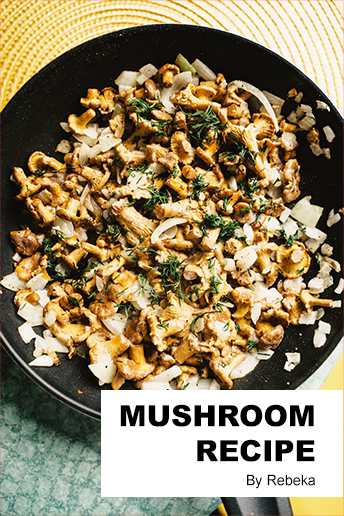- How to vacuum seal food for long-term storage
- FAQ
- Frequently Asked Questions: How to Vacuum Seal Food for Long-Term Storage
- 1. Can you explain the benefits of vacuum sealing food for long-term storage?
- 2. What is the role of a vacuum sealer in preserving food for long-term storage?
- 3. How do you properly vacuum seal dry food for long-term storage?
- 4. What are the recommended storage containers for long-term food storage using a vacuum sealer?
How to vacuum seal food for long-term storage
Vacuum sealing food makes it last longer and stay fresh. It removes oxygen, which stops spoilage. This way, food like dehydrated items, fresh meat, and fruits can stay good for more time. You can use a special machine, jars, or pouches to do this. Remember, the temperature and the type of food affect how long it stays fresh.
Key Takeaways
- Vacuum sealing food extends its shelf life and preserves freshness for long-term storage.
- It prevents the growth of spoilage bacteria, molds, and microorganisms.
- Various food items can be vacuum sealed, including dehydrated foods, fresh meat, fruits, vegetables, and baked goods.
- Proper storage conditions and consideration of temperature and food type are essential for determining the shelf life of vacuum-sealed foods.
- Using a vacuum sealer machine or jars/pouches are common methods for vacuum sealing.
Benefits of Vacuum Sealing Food
Vacuum sealing food has many perks for those looking to save on food and limit waste. The method doesn’t just keep your food fresh longer. It also keeps its flavor. Food sealed this way can last 3 to 5 times longer than if it were stored using regular methods.
This technique is especially great for frozen items. It can make your frozen goods last in good condition for up to 2-3 years. Usually, under different storage conditions, frozen food might only last 6-12 months. Even in the fridge, sealed items can last 1 to 2 weeks. That’s much longer than the typical 1 to 3 days for unpackaged foods.
But there’s more to vacuum sealing than just making food last longer. You can buy a lot of meat at once, portion it out, and seal it. This way, you can have fresh meat available for up to 6 months. Plus, you’ll save money. Sealed meals keep their flavors, moisture, and nutrients better. This means your dishes will taste great. Also, vacuum sealing stops reactions caused by oxygen that can ruin food.
Vacuuming your food before freezing it prevents fats from turning bad. It also stops changes in color, sliminess, and foul smells. Thus, your food quality remains high, even when stored for a long time. This method makes organizing your freezer or fridge easier, too. Vacuum-sealed packages are compact and tidy. They also prevent freezer burn on your food. This keeps ice crystals from forming on the surface of what you’ve packed.
In addition, vacuum sealing removes oxygen from the food. This is key to stopping the growth of mold and bacteria. More and more people, from home cooks to chefs, are using this technique for saving food in the long term. With vacuum sealing, food spoils slower, smells and tastes stay fresher, and bacteria have less chance to grow. It’s an efficient way to keep a good stock of food without taking up too much room.
Picking the right method and equipment is crucial for success with vacuum sealing. Fresh Farms Chicago has great choices for doing this. They help you get the most out of your food storage. Fresh Farms Market offers lots of fresh, local food and products free from preservatives. They know the value of vacuum sealing for keeping food at its best.
Benefits of Vacuum Sealing Food
Tips for Vacuum Sealing Food
When you’re prepping food for long-term storage, some key points are helpful. Make sure the food is dry before sealing. This stops any moisture from spoiling the food. Always use top-notch bags or containers made for vacuum sealing. They keep the food fresh and tightly sealed. Think about where you’ll store each type of food. Temperature and humidity are key for keeping them good for longer. For certain foods, using an oxygen absorber packet can really help boost their shelf life.
It’s important to check that the seal is airtight. Look for any leaks or spoilage signs regularly. Also, be sure you’re using good quality bags. Poor ones or greasy bags can ruin the sealing process. Other helpful hints include freezing items before sealing, sealing bags multiple times, and adding labels. These steps can enhance the outcome of your vacuum sealing.
Vacuum sealing has many benefits. It keeps food fresh longer, which can save you time and money. It’s great for a wide variety of foods, liquids, and even items for sous vide cooking. By sticking to these tips and storing your vacuum-sealed foods the right way, you can enjoy all the perks of vacuum sealing. This includes keeping your food fresh for a long time.
FAQ
Frequently Asked Questions: How to Vacuum Seal Food for Long-Term Storage
1. Can you explain the benefits of vacuum sealing food for long-term storage?
Vacuum sealing is a method used to remove air from the packaging before sealing it, which helps extend the shelf life of food items. By eliminating oxygen, this process prevents spoilage and bacterial growth, allowing for long-term food storage without compromising the quality of the food.
2. What is the role of a vacuum sealer in preserving food for long-term storage?
A vacuum sealer is a device specifically designed to vacuum pack and seal food items in airtight packages. By using a vacuum sealer, you can effectively extend the shelf life of your food by removing air and creating a tight seal to prevent oxidation and food spoilage.
3. How do you properly vacuum seal dry food for long-term storage?
To vacuum seal dry food for long-term storage, ensure that the food items are completely dry before sealing them in a vacuum-sealed bag or container. Removing moisture from the food helps prevent the growth of mold and bacteria, extending the food shelf life significantly.
4. What are the recommended storage containers for long-term food storage using a vacuum sealer?
When vacuum sealing food for long-term storage, canning jars and mylar bags are popular choices for storage containers. Additionally, using a jar sealer attachment with a vacuum sealer can effectively preserve food in mason jars. These containers help maintain the quality of the food over time.

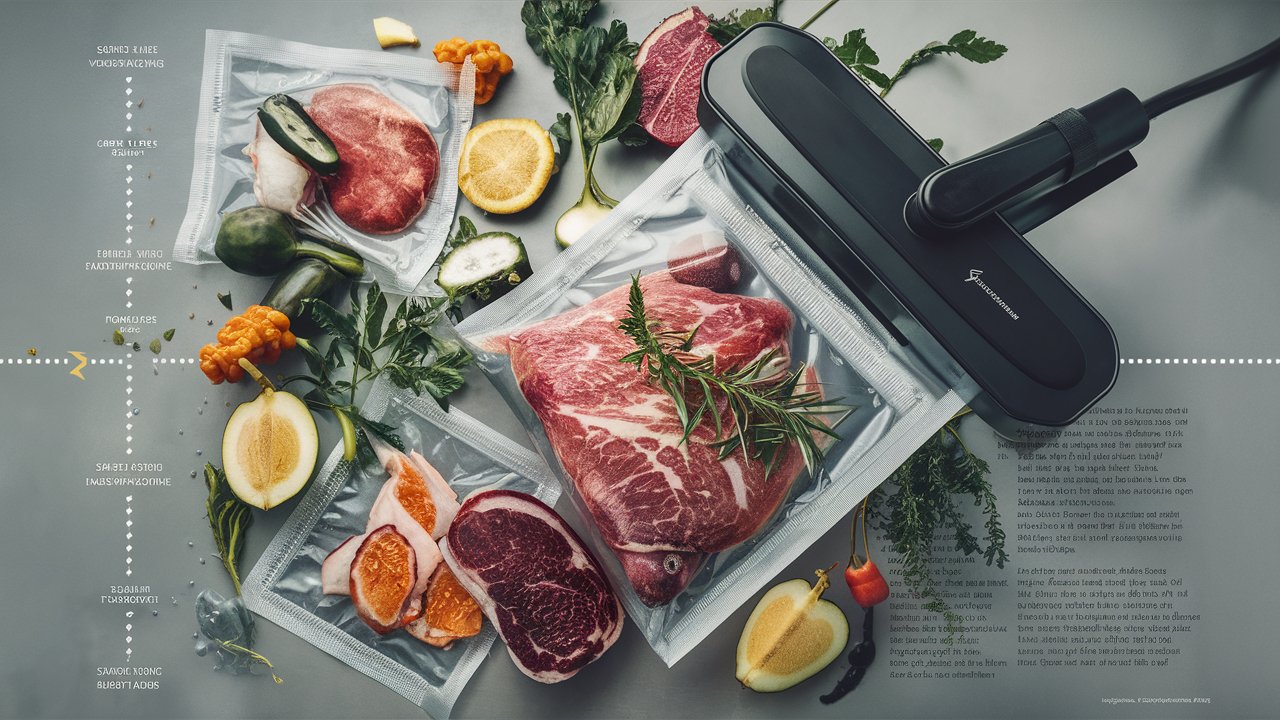
 How can i make money with food as food blogger
How can i make money with food as food blogger What are the best food and wine pairings for a dinner party
What are the best food and wine pairings for a dinner party

